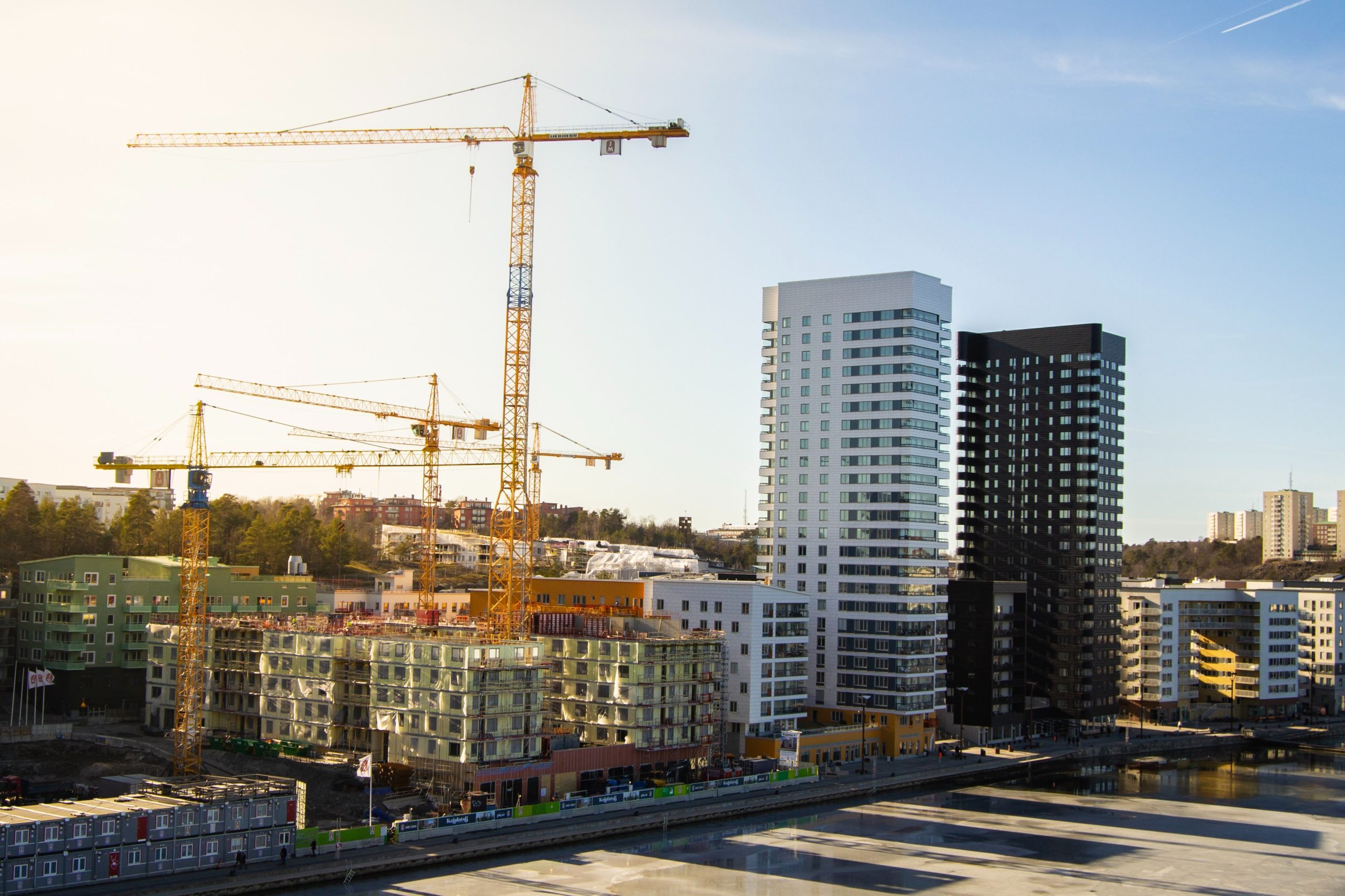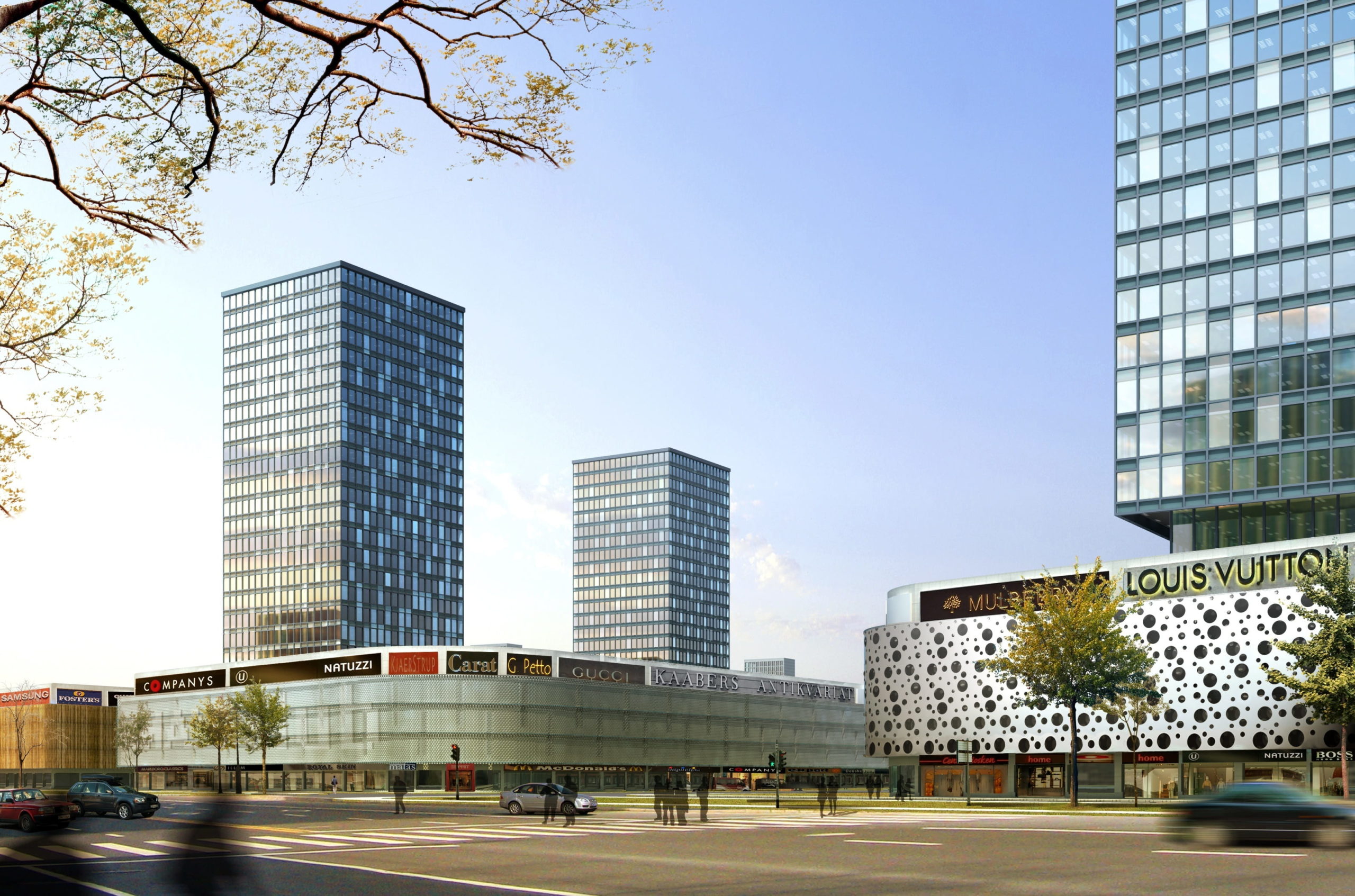
Keys to Recovery and Reimagining the Future of the Hospitality and Resorts Industry After COVID-19
Almost every sector of the global economy has been hit hard by the COVID-19 pandemic, and the hospitality industry is no exception. Most hospitality institutions such as hotels, restaurants, and even sport centers had to be locked down due to government regulations to curb the virus’ spread. To keep the industry running, many businesses have had to make hard choices such as laying off valued team members to reduce operational costs or figuring out how to keep afloat while restricting the number of guests permitted inside their facilities at any given time.
Even as many parts of the world have begun to re-open, resorts and other hospitality facilities are still working to get back on their feet and regain some sense of normalcy. Fortunately, the resilience and innovation of industry leaders and workers are paving a path forward to recovery and reimagine the future for the hospitality and resorts industry. In this article, we will explore some of the critical ways the industry can regain profitability and momentum even through the most challenging times.
Planning and Implementation
The hospitality and resort industry can only move forward with strategic planning that proves viable and useful for them while still observing all of the health and safety regulations in place to mitigate risk. The recovery process will take some time and purposeful, creative planning, as each organization has its unique challenges to deal with. Some of the factors to consider during planning and implementation are:
- Building Trust — Trust is essential for the survival of this industry. Consumers will need to feel confident that they are not at risk when they decide to go out and enjoy themselves in resorts and restaurants with their families and friends. Businesses will have to adapt to guests preferences as well as safeguard the health of the team members who are part of running the hospitality sector. Listening and responding to what guests need will increase the level of trust between them and foster a bond for continued engagement and success.
- Use of Technology — For those who have not yet embraced the digital transformation, the global health crisis has been a wake-up call to get on board. Many restaurants have already adopted touchless technologies to avoid as much contact as possible between people and with surfaces that could carry a potential exposure risk. Many hotels, resorts, and other facilities have implemented self-check-in desks or check-in via mobile phone app, lessening risk while reducing costs and maintaining operational efficiency.
A low-touch community is inevitable as technology advances even more in the coming decades. And businesses will benefit from a lightened operational workload. The faster resorts, hotels, and restaurants can seamlessly integrate these technologies, the sooner they will get back to stability and steady upward progress.
Innovations to New Construction Projects
Safety always comes first, especially in an industry where people have to interact with at least some level of contact. Most restaurants and resorts were not designed with a pandemic in mind and were built to accommodate as many people as possible within a limited space. For locations that are already established, innovation and possibly renovation are key. For new construction developments, several factors have to be considered and implemented to make the facilities of the future more versatile and resilient to potential crises. Innovative materials and techniques will have to be used to keep construction costs down while complying with the regulations set by authorities, and best practices adopted by the industry.
Renovations and Spacing
More space is an element you will see in a lot of hotel construction in the next decades. Social distancing will remain part of our culture for years to come as the global population increases and people want to safeguard their health while traveling and enjoying recreational activities. Most venues will have to undergo some degree of modification or renovation, whether it’s getting rid of excess tables or reimagining common areas like lobbies to avoid overcrowding. Thought will also have to be given to allow for more space between guests and facility attendants to cut down on contact as much as possible.
Expansion of Outdoor Recreation Venues and Facilities
Resorts and theme parks will most likely have to expand their existing footprint or development area to accommodate more outdoor space for their anticipated number of visitors. The size of areas constructed for eateries will probably change drastically as well. Food courts and other dining spaces will have to make indoor venues larger to allow for distancing and incorporate a greater share of space for outdoor seating. Adding options like taking out where people can bring food back to their rooms or homes to eat will also help reduce the crowding at dining areas.
Conclusion
The hospitality and construction sectors will see a resurgence as they innovate and work together to recover and thrive again. More policies and regulations may yet arise, so it is crucial to stay ahead of the curve by implementing strategic measures in design and construction. Willis Construction Consulting is experienced in providing guidance on how to estimate the cost of the changes you need to improve your facility. Contact us today for more information.
Image credit: Unsplash @ Creative Commons



